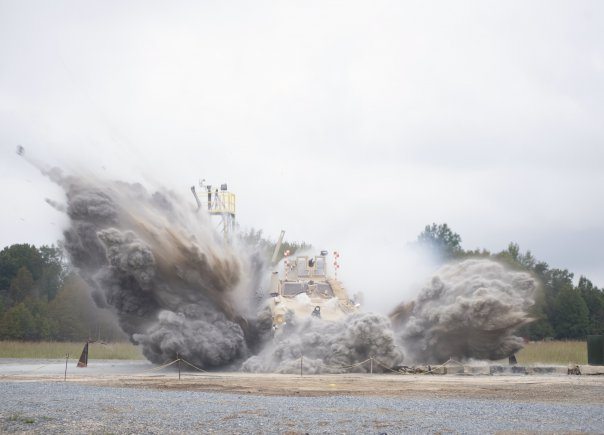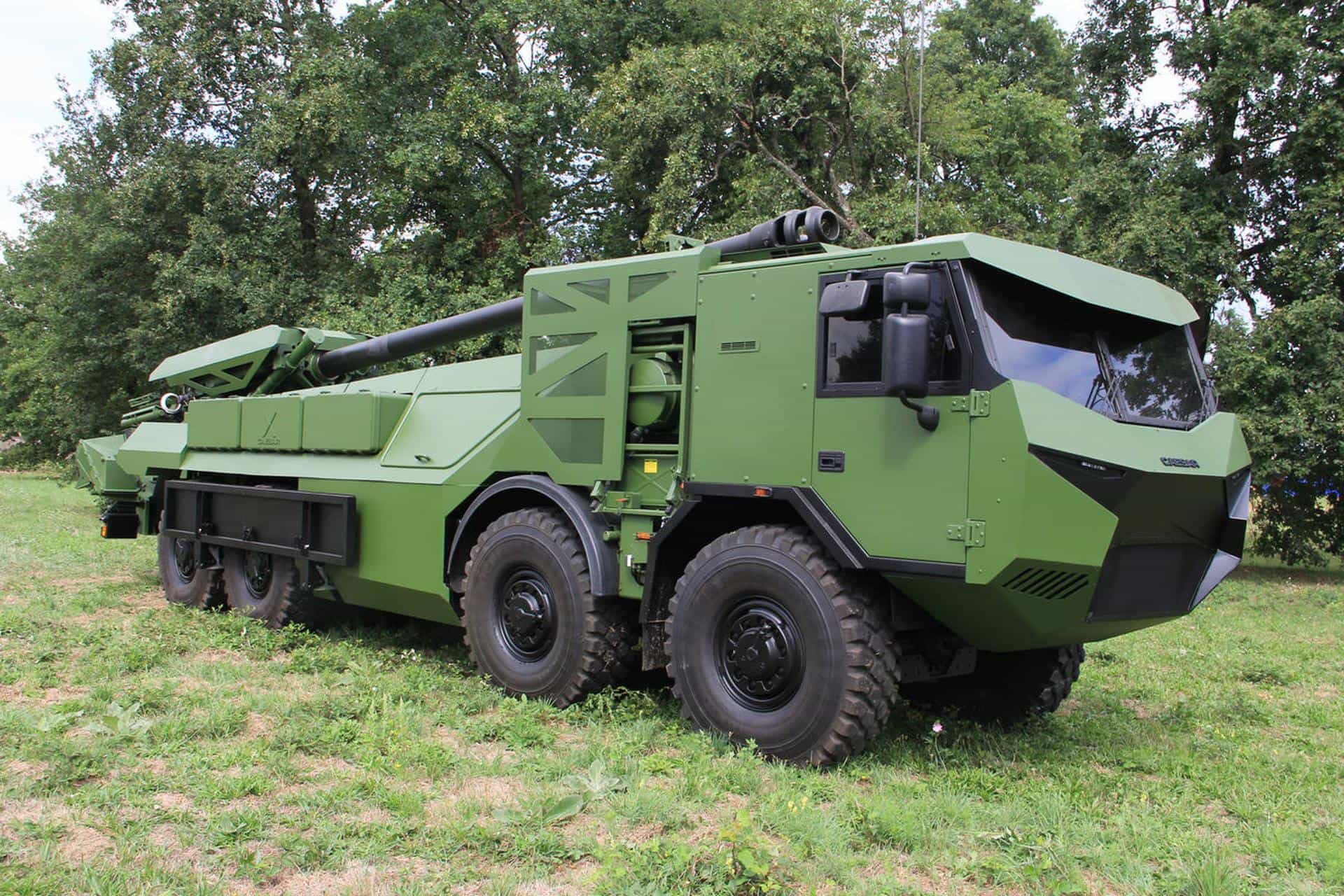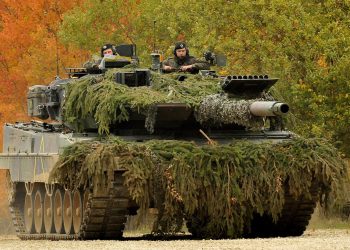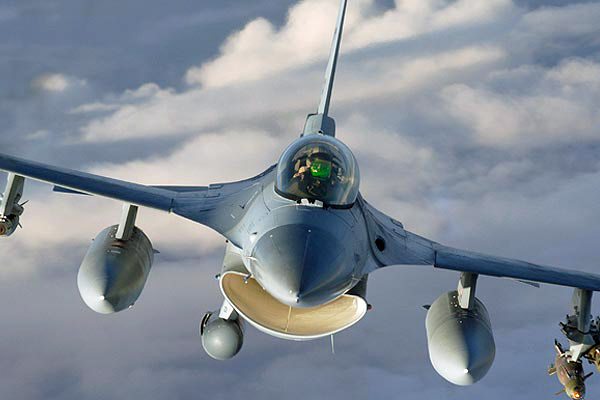With the growing threat of improvised explosive devices over the past decade, Army researchers have been hard at work testing and evaluating ways to keep Soldiers safe from bomb blasts.
The U.S. Army Research, Development and Engineering Command analyzes under-body blasts, known as UBB.
Researchers at the Army Research Laboratory Survivability and Lethality Analysis Directorate, or SLAD, have led to many improvements in vehicle design.
“Through live-fire tests, we have been able to provide a comprehensive characterization of the blast environment and occupant injuries during a UBB,” said Sarah Coard, Army researcher. “Only by understanding the mechanism of injury can we apply engineering changes [to vehicles] to decrease the likelihood of those injuries. The blast environment is unique.”
The Army’s concern is always the same: how can a vehicle be modified to reduce the likelihood and severity of injuries to Soldiers?
“The test and evaluation community is working to a standard that 10 years ago would have been unimaginable,” said Scott Welling, a member of SLAD’s Engineering Analysis Branch. “The number of data channels that are used today in a test event is greater than five times the amount used prior to these conflicts.”
Army experts are leveraging an ever-growing wealth of test data.
The Army’s approach to live-fire testing, leverages mechanical engineering experts in the Engineering Analysis Branch and the crew-injury-physiology experts in the Warfighter Survivability Branch. Welling and Coard are partners as RDECOM’s representatives on the integrated product team for live-fire testing. This ensures a comprehensive analysis of the survivability of both the crew and their vehicle.
“Another use for the data may be surprising,” Coard said. “Improving the test instrumentation itself and refining and enhancing the test scenarios. One such instrument is the anthropomorphic test device, a crash-test dummy originally developed by the automotive industry. For UBB testing, it has become obvious that the ATD must be modified if it is to provide the most accurate data. So ARL is now leading an experimentation program to enhance the ATD for use in future tests.”
Not only is instrumentation improving, but test designs have also become more sophisticated. In the past, a vehicle would often be tested with one crash-test dummy in it. Now, it is required that there be a crash-test dummy in every occupant location in a vehicle.
Officials said another significant change is the adoption of new and current injury criteria in order to make assessments more accurate and to achieve greater resolution in inferring what injuries would result and how. A further way that test design has evolved is by the introduction of new methodologies to analyze the motion of seats and floors.
The current war-time environment has caused testing specifications to grow and timelines to shrink. The Army has been responding to urgent materiel releases.
The Army is looking at the structural response of the vehicle and the survivability of its occupants.
For every vehicle or piece of equipment tested, researchers analyze the blast’s effect on communications, mobility, firepower and mission success.
Because analysis demands so much more than merely capturing data, a holistic vantage point is vital, officials said. The testing enables researchers to provide this context to evaluators, program managers and vehicle designers.











